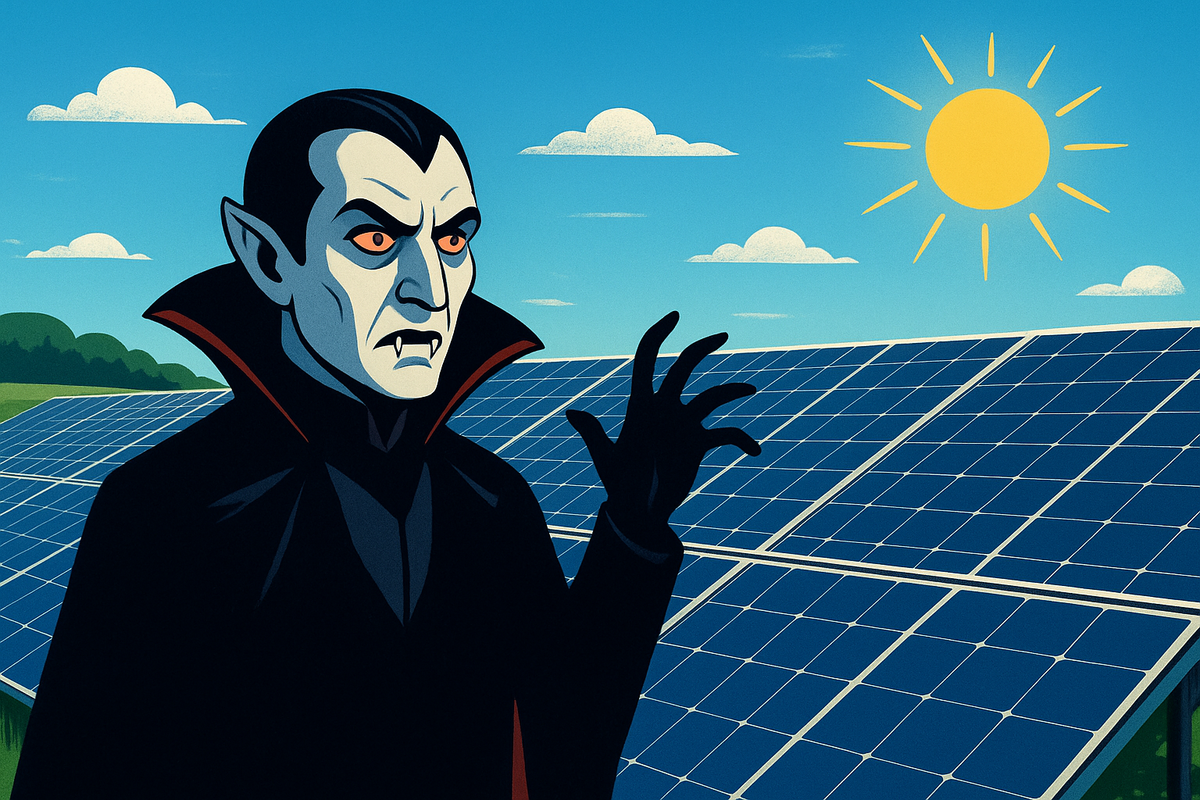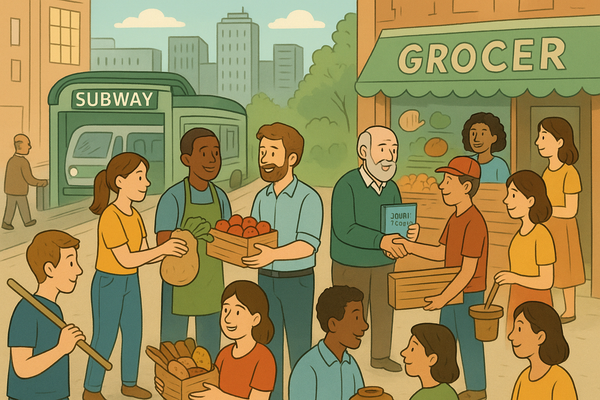Would Vampires Survive in the Age of Solar Panels?

From Bram Stoker’s Dracula to modern blockbusters like Twilight and Underworld, vampires have long fascinated humanity. These bloodthirsty immortals have always been portrayed as vulnerable to sunlight, lurking in the shadows while mortals bask in the day. But the 21st century has brought a new twist: the world is moving toward renewable energy, with a heavy reliance on solar panels. With sunlight being harnessed and maximized like never before, an amusing yet thought-provoking question arises: could vampires still survive in the age of solar panels?
This isn’t just a quirky thought experiment—it’s a way to look at cultural myths through the lens of technology, climate change, and modern living. Let’s dive into the undead world of vampire survival strategies in a society obsessed with the power of the sun.
The Classic Vampire vs. The Sun
According to traditional folklore, sunlight is the ultimate enemy of vampires. Depending on the story, exposure to daylight might weaken them, burn their skin, or turn them into ash. This biological (or supernatural) limitation has been consistent across cultures, from Eastern European myths to Hollywood portrayals.
In Stoker’s Dracula (1897), the vampire was weakened by sunlight but not instantly destroyed. Later films, especially mid-20th century ones, solidified the idea of vampires bursting into flames at first light. This has given vampires a clear evolutionary disadvantage: they are creatures of the night, forced to retreat at dawn.
Now, with solar technology expanding worldwide—the International Energy Agency (IEA) reports that solar accounted for more than two-thirds of global renewable capacity growth in 2023—it begs the question: if our societies are channeling sunlight into every corner of daily life, where does that leave the vampires?
The World is Getting Brighter
Urban areas are already hostile to creatures of the night. Streetlights, LED billboards, and 24/7 surveillance cameras mean that darkness is becoming rare. Add solar panels into the mix, and not only are we using sunlight more efficiently, but we’re also designing societies to maximize exposure to daylight.
- Smart cities are built with open, light-filled designs.
- Solar-powered homes use skylights and panels on rooftops, minimizing shadows.
- Rural areas, once havens of darkness, are adopting solar farms that stretch across acres.
For vampires, this is a nightmare scenario: fewer places to hide, and a society more conscious of harnessing the very element that destroys them.
Could Vampires Adapt to Solar Technology?
One possibility is that vampires, ever resourceful, might actually use solar energy to their advantage. After all, they’ve survived centuries of change—plagues, wars, industrialization—so why not the green energy revolution?
- Solar-powered Coffins: Instead of traditional wooden coffins, imagine futuristic pods lined with solar batteries. Vampires could charge their crypts at night and run advanced climate control during the day.
- Shady Investments: Vampires are often depicted as wealthy immortals. With centuries to accumulate fortunes, they could invest heavily in solar companies, profiting off the very technology designed to eradicate them.
- Solar Shields: If technology advanced far enough, perhaps wearable solar-absorbing fabrics or nanotech coatings could protect vampires from direct rays. (Think sunscreen, but immortal-grade.)
In this way, solar panels wouldn’t eliminate vampires—they’d force them to innovate.
Humor Break: The Vampire HOA Problem
Picture this: a vampire buys a home in a suburban neighborhood. The local Homeowners’ Association insists on rooftop solar panels to meet green energy requirements. Suddenly, our vampire finds themselves in a bureaucratic nightmare:
- Panels keep reflecting deadly sunlight into their gothic windows.
- The mandatory “energy audits” happen at 2 p.m.—not a great time for the undead.
- Nosy neighbors with Ring doorbells catch them sneaking out only at night.
It’s less Dracula and more Desperate Housewives: Vampire Edition.
The Renewable Energy Paradox
Here’s the ironic twist: while solar energy could pose dangers to vampires, renewable energy as a whole might help them thrive. Consider:
- Wind Power: Turbines don’t threaten vampires; they could lurk happily beneath a wind farm.
- Hydropower: Rivers and dams provide excellent damp hiding spots.
- Geothermal Energy: Deep underground caverns? Perfect vampire real estate.
If humans shift too heavily toward solar dominance, vampires may need to relocate their lairs to countries or regions that emphasize other renewable sources. Iceland (geothermal), Norway (hydropower), or even offshore wind-heavy nations might become prime vampire destinations.
Cultural Survival: Vampires in the Digital Age
Beyond physical survival, vampires would also have to adapt socially. In a solar-powered, always-connected world, myths don’t stay myths for long.
- Surveillance Tech: Drones, satellites, and thermal imaging make it hard to remain unseen.
- AI and Databases: A centuries-old immortal would struggle to keep identities secret when facial recognition software compares photos from 1850 to present day.
- Pop Culture Saturation: Vampires are already mainstream. Would humans even take them seriously if they revealed themselves? Or would TikTok just turn them into the next viral dance trend?
Ironically, it’s not sunlight that might doom vampires—but the data-driven, transparent nature of modern society.
Could They Still Thrive?
The short answer: yes, but with difficulty. Vampires would have to abandon their old castles and crypts, adapt to modern technologies, and probably become nocturnal urban dwellers who blend into nightlife economies. In cities like Tokyo, New York, or Berlin—where nightlife thrives—they could still feed unnoticed.
But their ancient dominance would diminish. In the age of solar panels, vampires would become fringe survivors, hiding in shadows cast not by nature, but by skyscrapers and nightclubs. They’d thrive only where humanity still values the night.
The age of solar panels paints a grim picture for vampires, but not a hopeless one. Just as humanity adapts to climate change and energy crises, so too would our fictional bloodsuckers. They might struggle against a world brighter and more transparent than ever before, but with cunning, wealth, and centuries of patience, vampires could still find ways to thrive.
In the end, vampires may not fear the rise of renewable energy as much as we think. After all, the sun has always been their greatest enemy—solar panels just make that enemy a little more efficient.
And perhaps, in the ultimate irony, vampires might one day become the biggest investors in solar tech—proving that even in the age of renewable energy, the undead still know how to make a killing.




